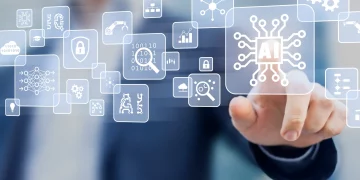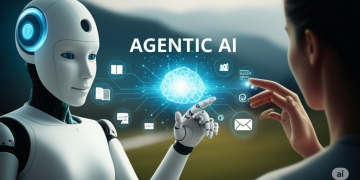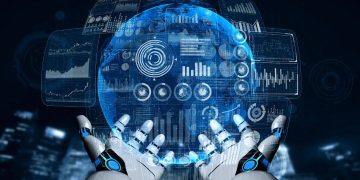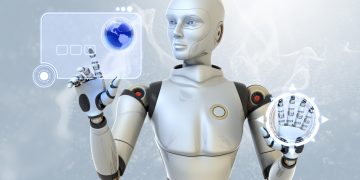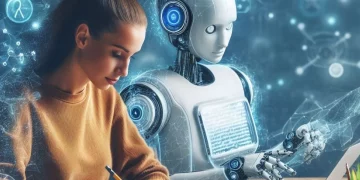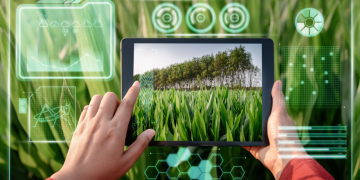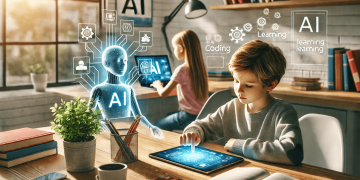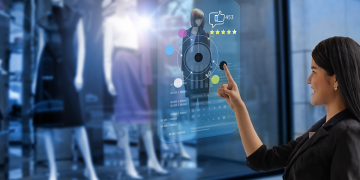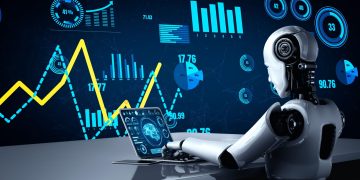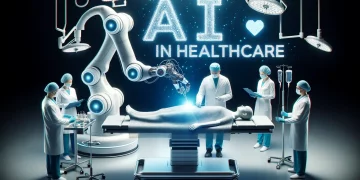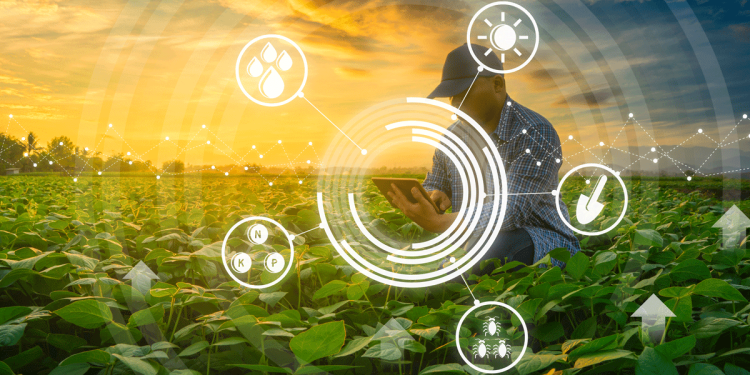Deep learning, a subset of machine learning modeled loosely on the human brain’s neural networks, has rapidly evolved from academic novelty to a core enabler of modern artificial intelligence (AI). In recent years, deep learning models have demonstrated astounding capabilities in image recognition, natural language processing, game playing, and more. But an increasingly urgent question remains: Can these technologies help solve the truly complex, messy problems of the real world?
From climate modeling and drug discovery to supply chain optimization and disaster prediction, today’s world faces multidimensional challenges that defy traditional rule-based solutions. This article explores the latest real-world applications of deep learning, evaluates their effectiveness, and considers whether these innovations are enough to meaningfully address the complexity of human and societal problems.
1. A Shift from Narrow AI to Real-World Utility
Historically, many deep learning successes have been narrow and benchmark-based—beating human performance on games like Go, classifying ImageNet categories, or predicting the next word in a sentence. But recently, deep learning is moving from lab to field, and its applications are increasingly embedded in the fabric of real-world decision-making.
This shift is driven by several key developments:
- The emergence of foundation models that are general-purpose, flexible, and capable of handling multimodal data (e.g., OpenAI’s GPT-4o, Google’s Gemini, Meta’s LLaMA series)
- Improvements in transfer learning and domain adaptation, allowing pre-trained models to be fine-tuned for specific real-world environments
- Growth in real-time inference, enabling fast decision-making in dynamic systems like logistics or traffic control
- The integration of deep learning with edge computing, Internet of Things (IoT), and robotic systems
2. Healthcare: Personalized, Predictive, and Preventive
One of the most impactful real-world domains where deep learning is making a difference is healthcare.
a. Medical Imaging and Diagnostics
Deep learning models are now outperforming radiologists in detecting diseases such as breast cancer, tuberculosis, and diabetic retinopathy in medical images. These models analyze X-rays, MRIs, and CT scans to highlight anomalies with extraordinary precision.
b. Drug Discovery
Tools like AlphaFold (DeepMind) have revolutionized protein folding prediction, reducing a decades-long problem to seconds. Deep generative models are now designing new molecular compounds, predicting drug interactions, and helping pharmaceutical companies accelerate R&D.
c. Clinical Decision Support
Deep learning is powering systems that forecast patient deterioration, optimize treatment plans, and personalize medication dosing based on genetic and behavioral data. These models make predictive healthcare a reality rather than a distant goal.
3. Climate Science and Environmental Monitoring
Climate change is a complex, global problem that involves vast, heterogeneous data—exactly the kind of challenge deep learning is suited for.
a. Weather and Climate Modeling
Deep learning models like GraphCast and FourCastNet now produce ultra-fast and accurate weather forecasts, sometimes outperforming traditional numerical models that require massive computing infrastructure.
b. Satellite Image Analysis
Neural networks are analyzing satellite data to monitor deforestation, urban expansion, air pollution, and agricultural patterns. This enables policymakers and scientists to track ecological change in near real-time.
c. Disaster Response and Risk Assessment
AI systems trained on historical and sensor data are being deployed to predict floods, wildfires, and earthquakes, aiding in early warning systems and resource allocation during crises.
4. Infrastructure, Mobility, and Urban Planning
Urban environments present complex optimization problems, but deep learning is proving valuable in multiple aspects of infrastructure and mobility:
a. Traffic Flow and Autonomous Vehicles
Deep reinforcement learning and computer vision are enhancing traffic light optimization, route planning, and autonomous driving. Companies like Tesla and Waymo are deploying deep learning models that can process sensor data, detect pedestrians, and make split-second driving decisions.
b. Smart Cities
AI-driven systems are being used to optimize energy consumption, detect utility failures, and dynamically allocate resources in urban settings. Deep learning supports intelligent infrastructure planning through simulations based on mobility and demographic data.
c. Supply Chain Optimization
By analyzing historical data, weather patterns, and geopolitical signals, deep learning models are helping businesses anticipate disruptions, optimize logistics, and improve warehouse operations.
5. Education and Human Development
Deep learning is also reshaping how we learn, teach, and access knowledge.
a. Adaptive Learning Platforms
Educational tools powered by deep learning assess student performance, detect learning gaps, and adjust curriculum dynamically. These personalized learning systems can significantly enhance outcomes, particularly in under-resourced contexts.
b. Language Learning and Accessibility
Speech-to-text, machine translation, and AI-generated content are breaking down language barriers and enabling inclusive education for students with disabilities.
c. Mental Health Support
AI-powered conversational agents are providing emotional support, detecting signs of depression or anxiety from language patterns, and offering first-line mental health care where human resources are scarce.
6. Agriculture and Food Security
Feeding a growing global population under the constraints of climate change is a monumental task. Deep learning is aiding in:
- Precision agriculture: Using drone and satellite imagery to detect crop health, predict yields, and recommend irrigation and fertilization
- Pest and disease detection: Identifying plant diseases at early stages through image recognition
- Supply chain transparency: Tracking food products from farm to shelf, enhancing food safety and reducing waste
These systems help optimize resources while increasing sustainability and yield.

7. Challenges and Limitations
Despite its promise, deep learning faces significant hurdles when tackling real-world complexity:
a. Lack of Transparency
Deep models are often “black boxes”—difficult to interpret and audit. In critical applications like healthcare or justice, explainability is essential.
b. Bias and Fairness
Training data may reflect historical biases, leading to unequal or harmful outcomes. Without careful curation and governance, real-world deployment can perpetuate inequalities.
c. Data Availability and Privacy
Many real-world problems involve sensitive or limited data. Deep learning models are data-hungry and may not generalize well with sparse or noisy datasets.
d. Robustness and Generalization
In unpredictable environments, models must handle edge cases and distribution shifts. Many deep learning systems are brittle outside of controlled training contexts.
e. Resource Intensity
Training and deploying large models requires immense computational power, raising concerns about energy use, environmental impact, and access inequality.
8. The Future: Toward AI for Complex Systems
To address real-world complexity, the future of deep learning lies in hybrid approaches and system-level integration:
- Neurosymbolic AI combines deep learning with logical reasoning, enabling models to interpret and act in structured environments
- Causal inference helps models understand not just patterns, but cause-and-effect relationships
- Human-in-the-loop systems integrate expert oversight, enhancing trust and decision quality
- Federated and privacy-preserving learning techniques allow models to train on sensitive data without centralizing it
When combined, these strategies aim to create AI systems that are not just capable—but reliable, fair, and aligned with human goals.
Conclusion
Yes—the latest applications of deep learning are showing great promise in solving real-world complex problems. From transforming healthcare to predicting natural disasters and optimizing cities, deep learning is no longer confined to research labs. It is already shaping critical decisions and infrastructures.
However, its success depends not only on technical advancement but also on ethical deployment, transparency, and governance. Real-world problems are rarely solved by technology alone—they require systems thinking, interdisciplinary collaboration, and a commitment to equity.
If guided responsibly, deep learning can be more than a technological milestone—it can become a cornerstone of meaningful progress in an increasingly complex world.





